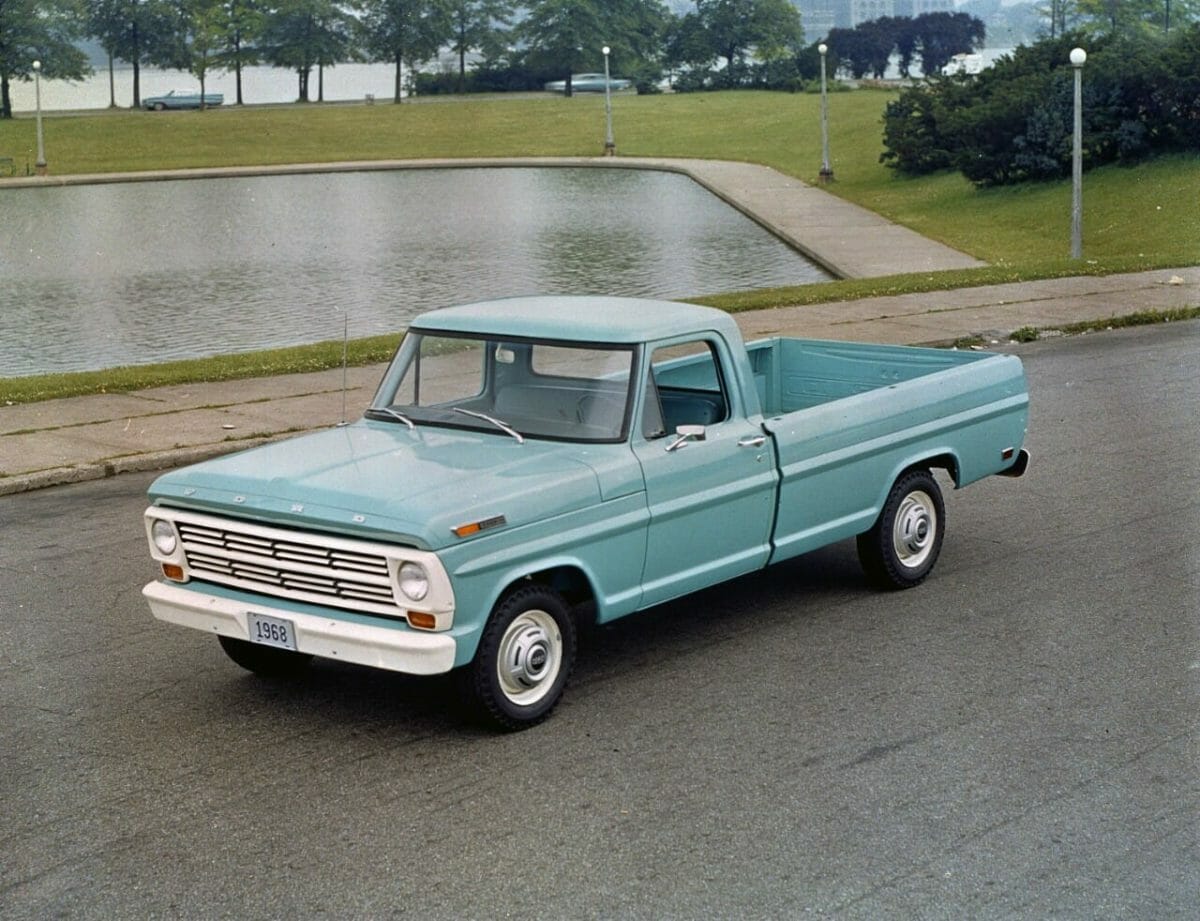Converting your Ford F-150 to electric is a significant undertaking that requires careful planning, the right components, and a solid understanding of the electric vehicle (EV) landscape. As the popularity of electric trucks continues to rise, many enthusiasts and fleet operators are looking to make the switch. This blog outlines essential resources to help you navigate the process of converting your F-150 to electric, ensuring a successful and efficient transformation.
1. Conversion Kits
One of the most critical resources for your electric conversion is a reliable conversion kit. These kits typically include the necessary components to replace your internal combustion engine with an electric powertrain. Here are a few notable options:
- Torque Trends PNP Kit: This kit offers a plug-and-play solution for converting the Ford F-150. It includes a UQM 135 kW permanent magnet motor, a single-speed planetary gearbox, and a battery pack using lithium iron phosphate cells. The design allows for easy installation without modifying the truck’s structure, making it accessible for mechanics without specialized EV training.
- E2 Electric Vehicle Systems: This company is developing a conversion kit with two AC50 motors and a lithium-ion battery system. Their kits are designed for fleet vehicles and are particularly suited for harsh conditions, such as arctic environments. Initial costs may be high, but they plan to reduce prices as production scales.
- Ecotuned Automobile: Ecotuned offers conversion solutions for light and medium-duty trucks, including the F-150. Their systems maintain the original towing capacity and functionality while providing a range of 95 to 140 miles, depending on the battery configuration.
2. Battery Options
The battery is one of the most critical components in your electric conversion, as it directly affects the vehicle’s range and performance. When choosing a battery, consider the following:
- Battery Chemistry: Lithium-ion batteries, particularly lithium nickel manganese cobalt (NMC) and lithium iron phosphate (LiFePO4), are popular due to their energy density and longevity. LiFePO4 batteries are known for their safety and thermal stability, while NMC batteries offer higher energy density.
- Capacity: The capacity of the battery pack will determine your travel distance on a single charge. Choose a smaller pack for urban driving or a larger pack for longer distances. For example, a 43 kWh battery can provide around 95 miles of range, while an 86 kWh battery can extend that to 140 miles.
3. Online Communities and Forums
Engaging with online communities and forums can provide invaluable support and insights for your conversion project. These platforms allow you to connect with other enthusiasts, share experiences, and ask questions:
- F150 Forum: This community is dedicated to Ford F-150 enthusiasts and features discussions on electric conversions, modifications, and general truck maintenance. You’ll find a wealth of information from members who have undertaken similar projects.
- Electric Vehicle Forums: Websites like DIY Electric Car and Electrek have dedicated sections for EV conversions, offering guides, tips, and discussions about various aspects of converting vehicles to electric.
4. Technical Guides and Resources
Understanding the technical aspects of electric vehicle conversions is crucial for a successful project. Here are some resources to help you gain the necessary knowledge:
- Books and Manuals: Consider reading books focused on electric vehicle conversions, such as “Build Your Own Electric Vehicle” by Seth Leitman and Bob Brant. This book covers the fundamentals of EV technology and provides step-by-step instructions for various conversions.
- YouTube Channels: Many enthusiasts share their conversion projects on YouTube, providing visual guides and insights. Channels like Torque Trends offer detailed videos on their conversion kits and installation processes.
5. Professional Services
If you’re not comfortable handling the conversion on your own, consider hiring professionals who specialize in electric vehicle conversions. Many companies offer conversion services, ensuring the process is managed by experienced technicians. This can save time and provide peace of mind, knowing your vehicle is in capable hands.
6. Charging Infrastructure
As you convert your F-150 to electric, it’s essential to consider your charging options:
- Home Charging Stations: Installing a Level 2 home charging station can significantly reduce charging times and provide convenience for daily use. Many manufacturers offer home charging solutions compatible with various electric vehicles.
- Public Charging Networks: Familiarize yourself with local public charging stations and networks, such as ChargePoint or Electrify America. Understanding the locations and availability of charging stations will help you plan longer trips and ensure you can recharge your vehicle when needed.
7. Government Incentives and Rebates
Many governments offer incentives and rebates for electric vehicle conversions, which can help offset project costs. Research federal, state, and local programs that provide financial assistance for electric vehicle purchases or conversions. These incentives can significantly reduce your overall investment in the conversion process.
Conclusion
Converting your Ford F-150 to electric is an ambitious and rewarding project that can lead to significant benefits, including reduced emissions and lower operating costs. To ensure a successful conversion, utilize the essential resources outlined in this blog, from reliable conversion kits and battery options to online communities and professional services. By leveraging these resources and engaging with fellow enthusiasts, you can navigate the challenges of electric conversion and enjoy the many advantages of driving an electric F-150. Embrace the future of transportation and take pride in transforming your truck into a sustainable and innovative electric vehicle!

